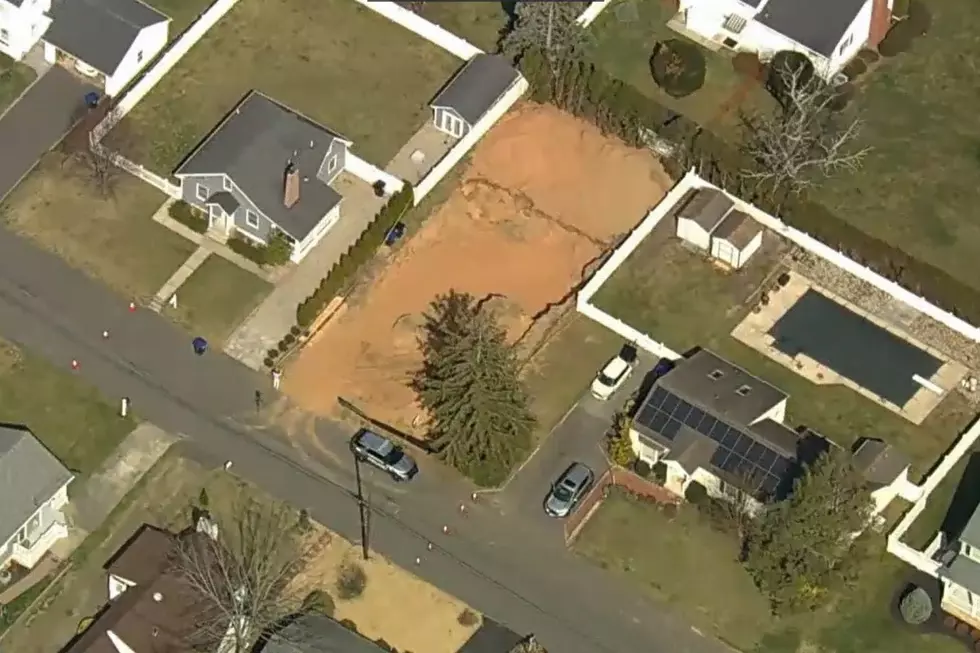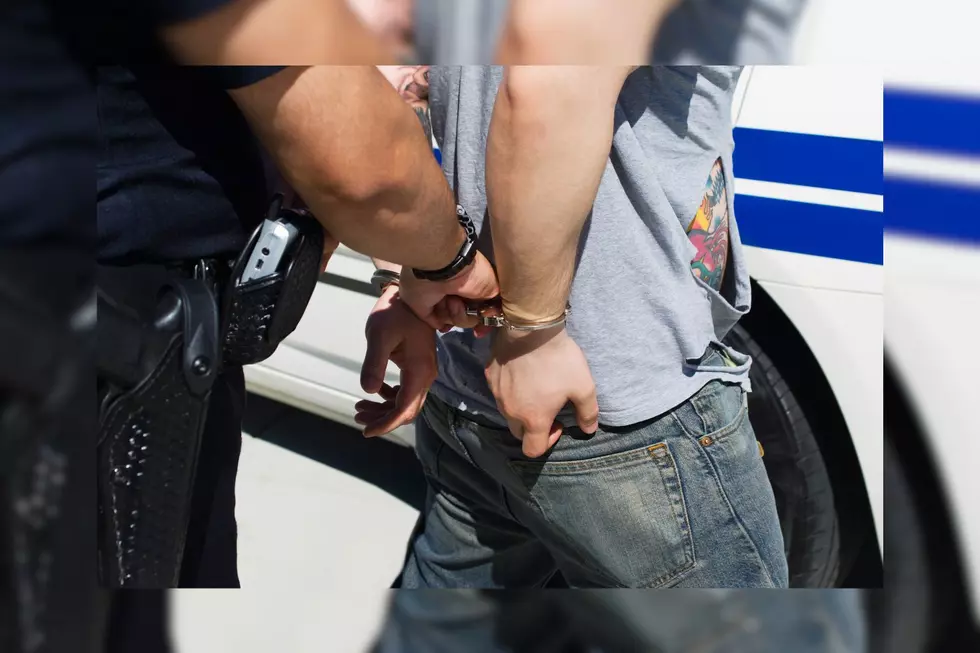
NJ Schools Among the Most Segregated — and Getting Worse, Report Says
New Jersey has long had one of the nation’s most segregated school systems, and a new study out today concludes the pattern isn’t getting much better for black students – and has gotten notably more severe for Hispanic ones.
The Civil Rights Project at the University of California, Los Angeles finds many black and Hispanic students are in doubly segregated schools in New Jersey – not just isolated from white students but also in schools with big majorities of poor children. Preschool students are triply segregated, according to co-director Gary Orfield, often in classes where few students speak English.
“We found that New Jersey is one of the more segregated states in the country for both African-American and Latino students and that it’s going through a huge change,” Orfield said.
Since 1990, Orfield said, school enrollment went from nearly two-thirds white to 46 percent, with those students replaced primarily by Hispanics.
While the schools primarily attended by those white students have diversified somewhat, still two-thirds of the students are white in the school of a typical white student. Orfield said it’s not helpful for white or Asian students to grow up isolated from black and Hispanic ones.
“The future of the state is going to be a future where there is no racial majority and where everybody’s going to need to be able to function across those racial and ethnic lines,” he said. “It’s much easier to learn that when you’re growing up than it is to try to deal with it as an adult.”
The study says New Jersey ranks sixth nationally in terms of the highest segregation for black students and seventh in segregation of Hispanic students.
More than a quarter of black students and 14 percent of Latino students – for the latter, double the share of 1990 – attend schools where less than 1 percent of students are white, and nearly 80 percent of students in those schools live in poverty.
“This is not a matter of a small minority of the population. This is a matter of the future majority of the state being denied equal opportunity and separated from each other,” Orfield said.
The segregation is driven in part by the abundant number of school districts in New Jersey, with every municipality having its own school in many places as opposed to regional districts.
“So they tend to be small and lines tend to be old lines that are hard to cross but really need to be crossed if there’s going to be any kind of real diversity in schools,” Orfield said.
Orfield said the state could consider regional magnet schools like those used in Connecticut around cities such as Hartford, Bridgeport and New Haven.
“Nobody’s forced to go to them. It’s all voluntary. But those schools offer very special programs and thousands of kids are on the waiting list. Why doesn’t New Jersey do something like that?” he asked. “There’s lots of places in New Jersey where there are middle-class white and Asian populations really quite close to African-American or Latino populations.”
Orfield said regional cooperation and school choice are the key and that the start of a new gubernatorial administration is “a great opportunity” for new efforts.
“We’re not talking about the old model from the 1970s. We’re talking about using choice systems and incentives and creative educational programs to create diversity,” Orfield said. “… None of it involves forcing students to go to schools that their parents don’t want them to go to.”
Gov.-elect Phil Murphy was on the national board of the National Association for the Advancement of Colored People, or NAACP, before stepping down to run for governor.
The UCLA report was funded by a small grant from the Educational Testing Service in Princeton.
More From WPG Talk Radio 95.5 FM










